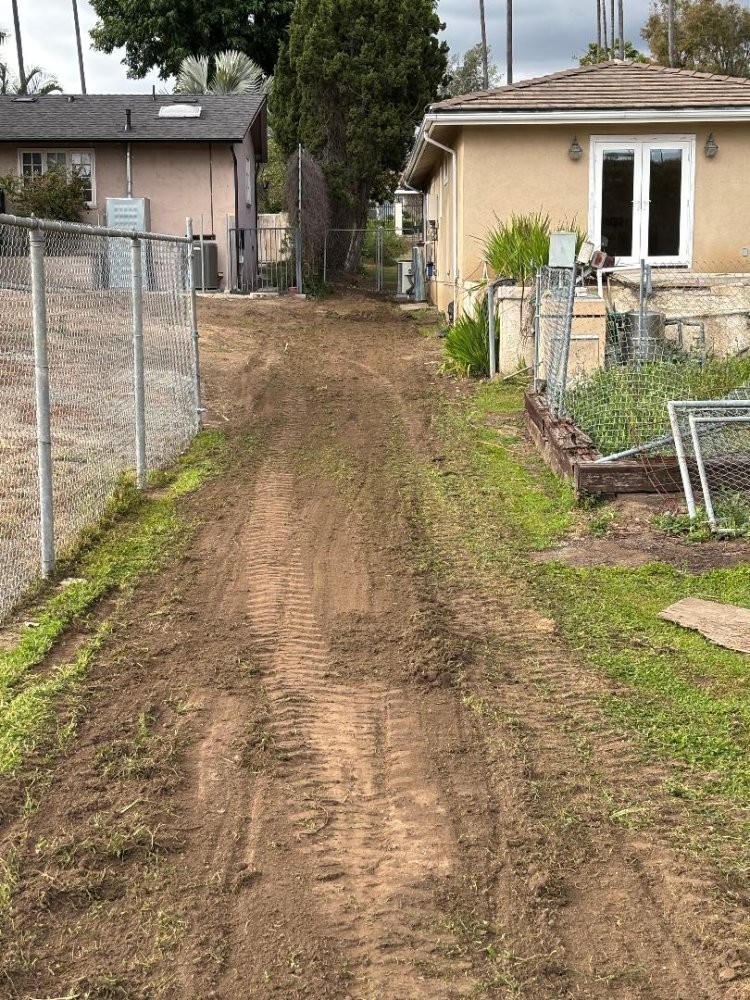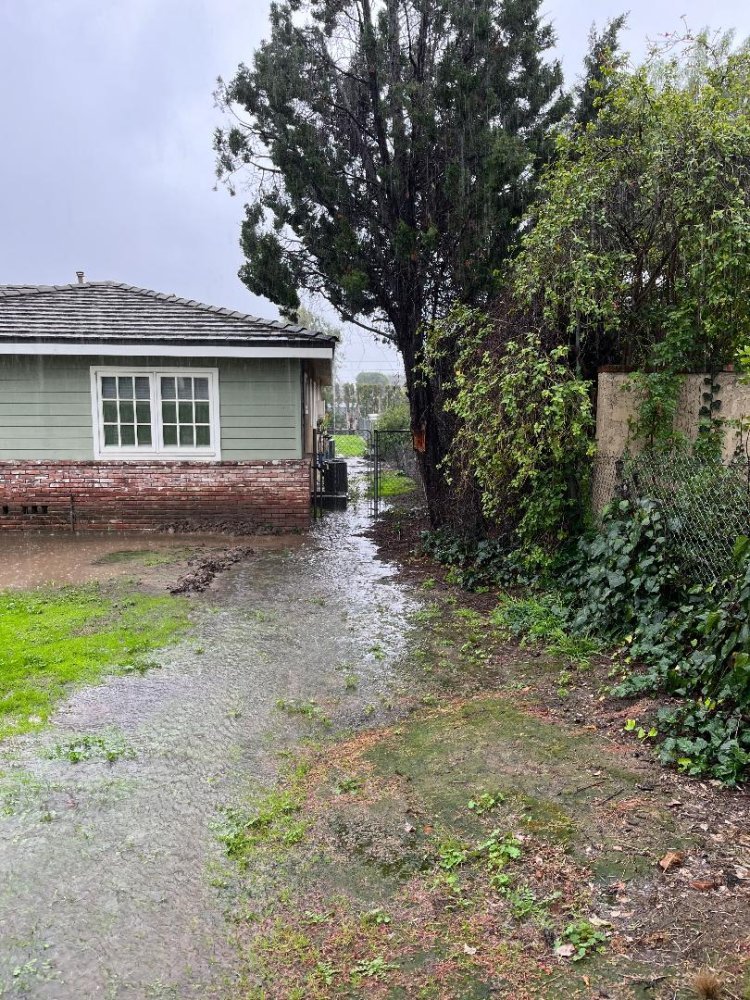Big T
Well-Known Member
I need to grade a slope away from the house for code on drainage. I do not have an angle grader, but it would be impeded by AC and Water filters anyway. Suggestion was to screed it and roll it by hand. Also suggested that I install drain line first, then use the extra dirt to establish and screed the slope. Thought was to use 2x4 at the house to establish the height and another away from it to establish the bottom of the slope and use a board across the two to screed it. Then follow up with a hand pulled, water-filled drum to compact it. Once that is done, fencing can go in.
What do the pros here think?

What do the pros here think?


